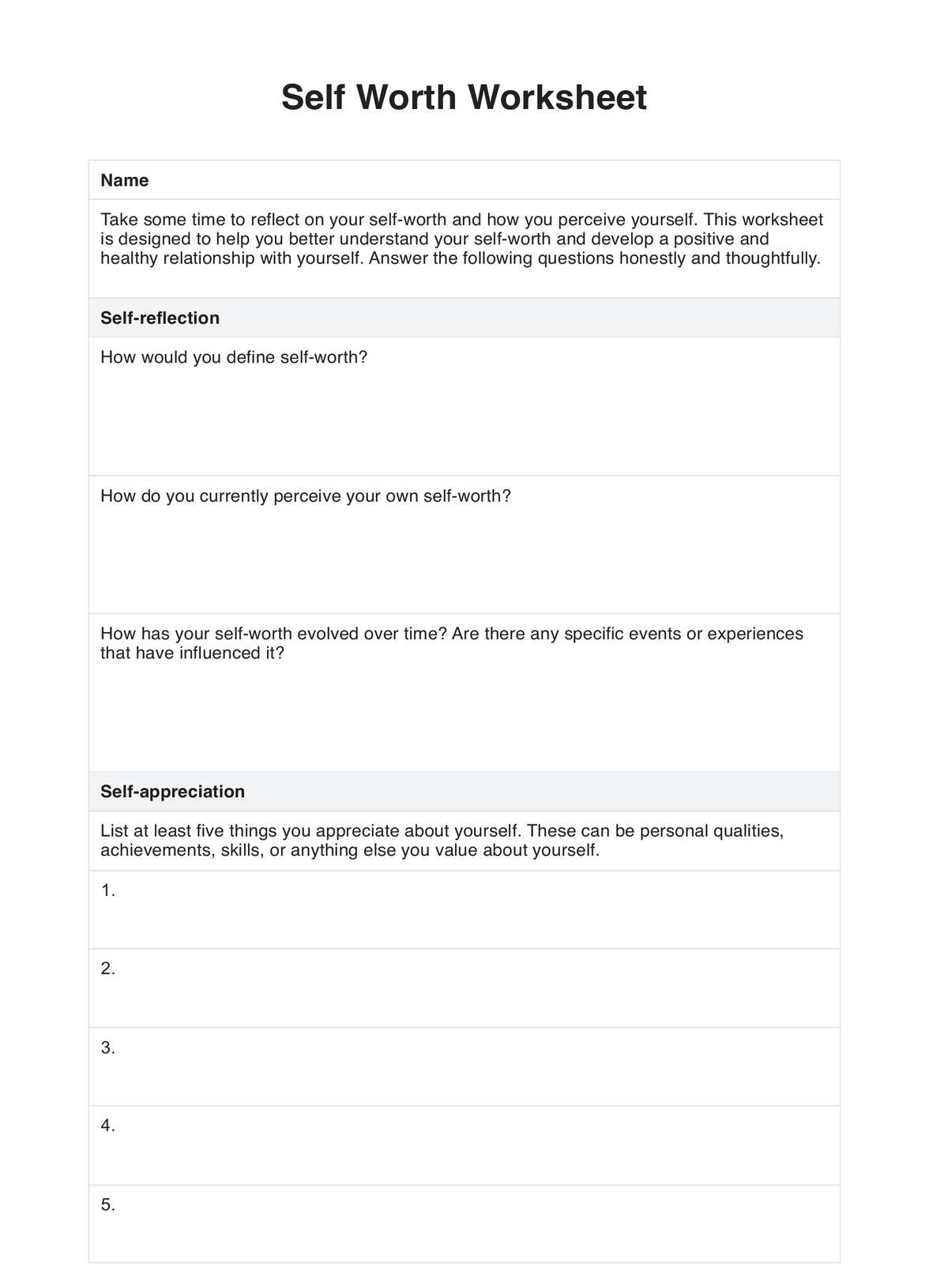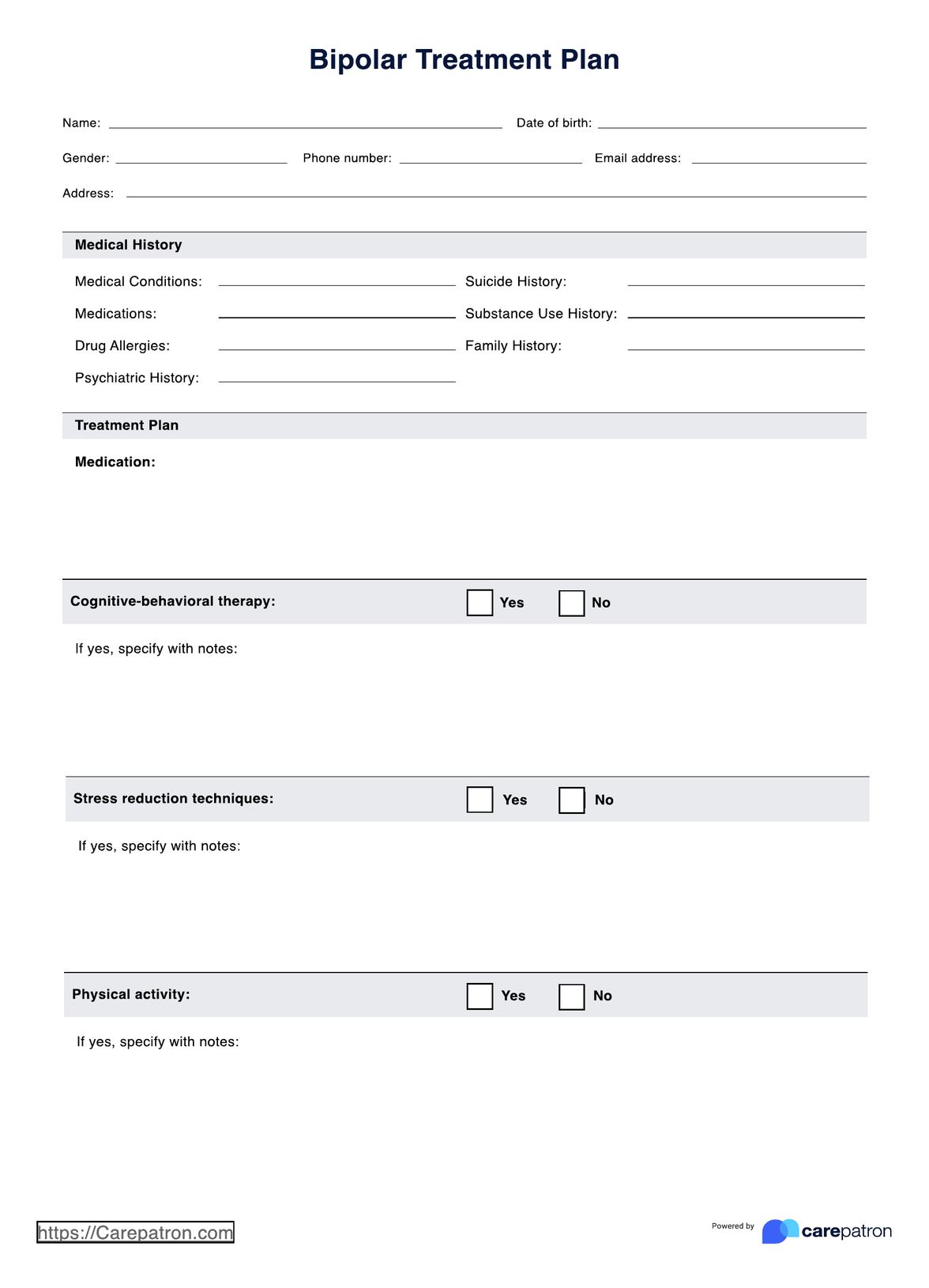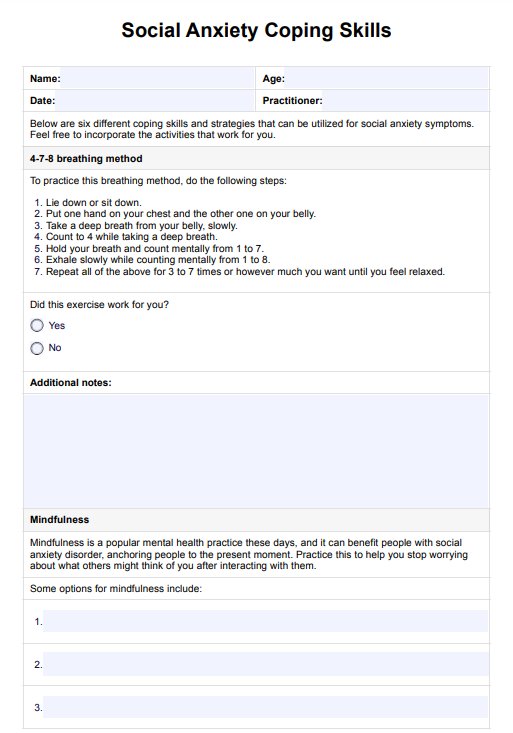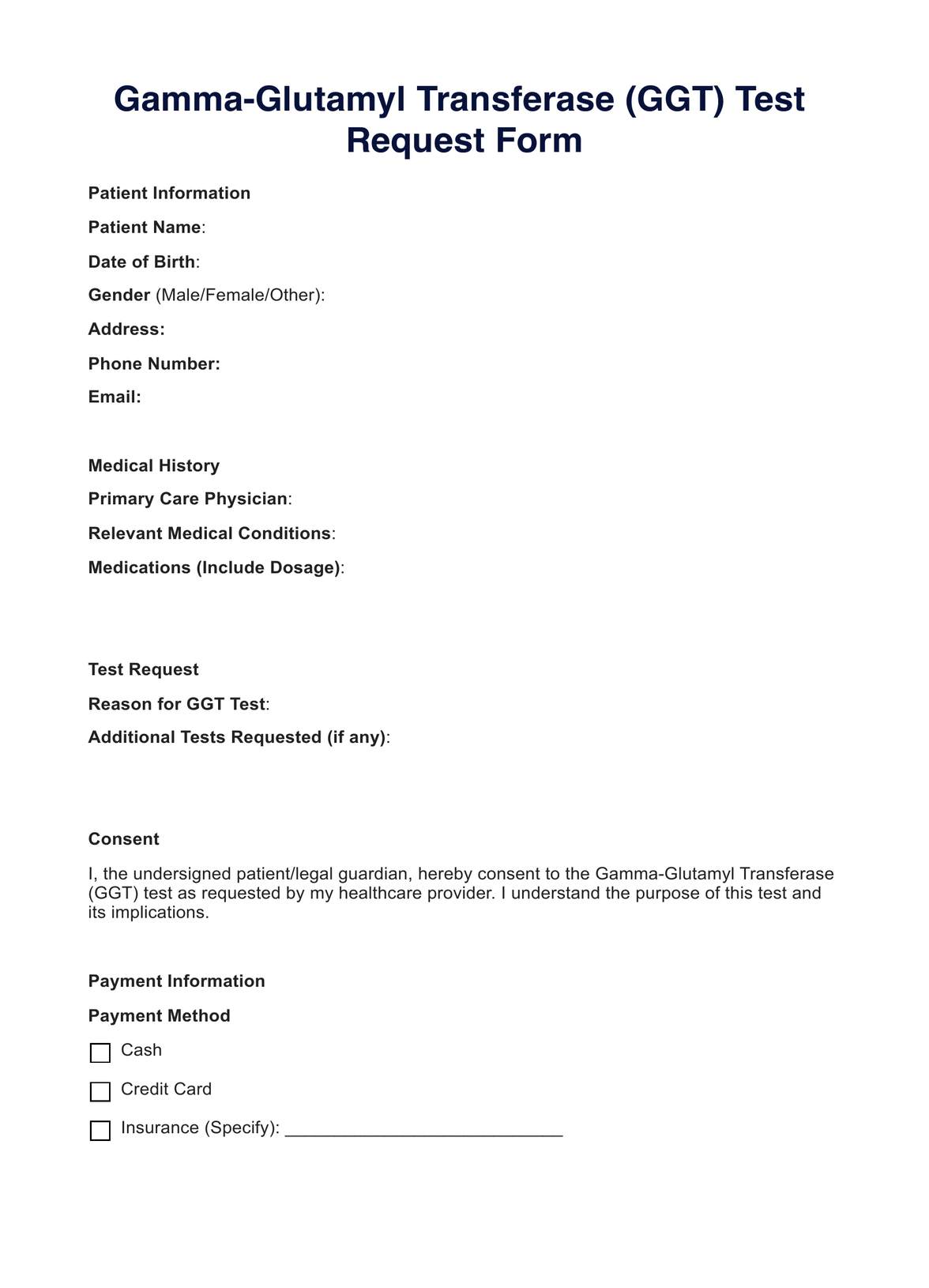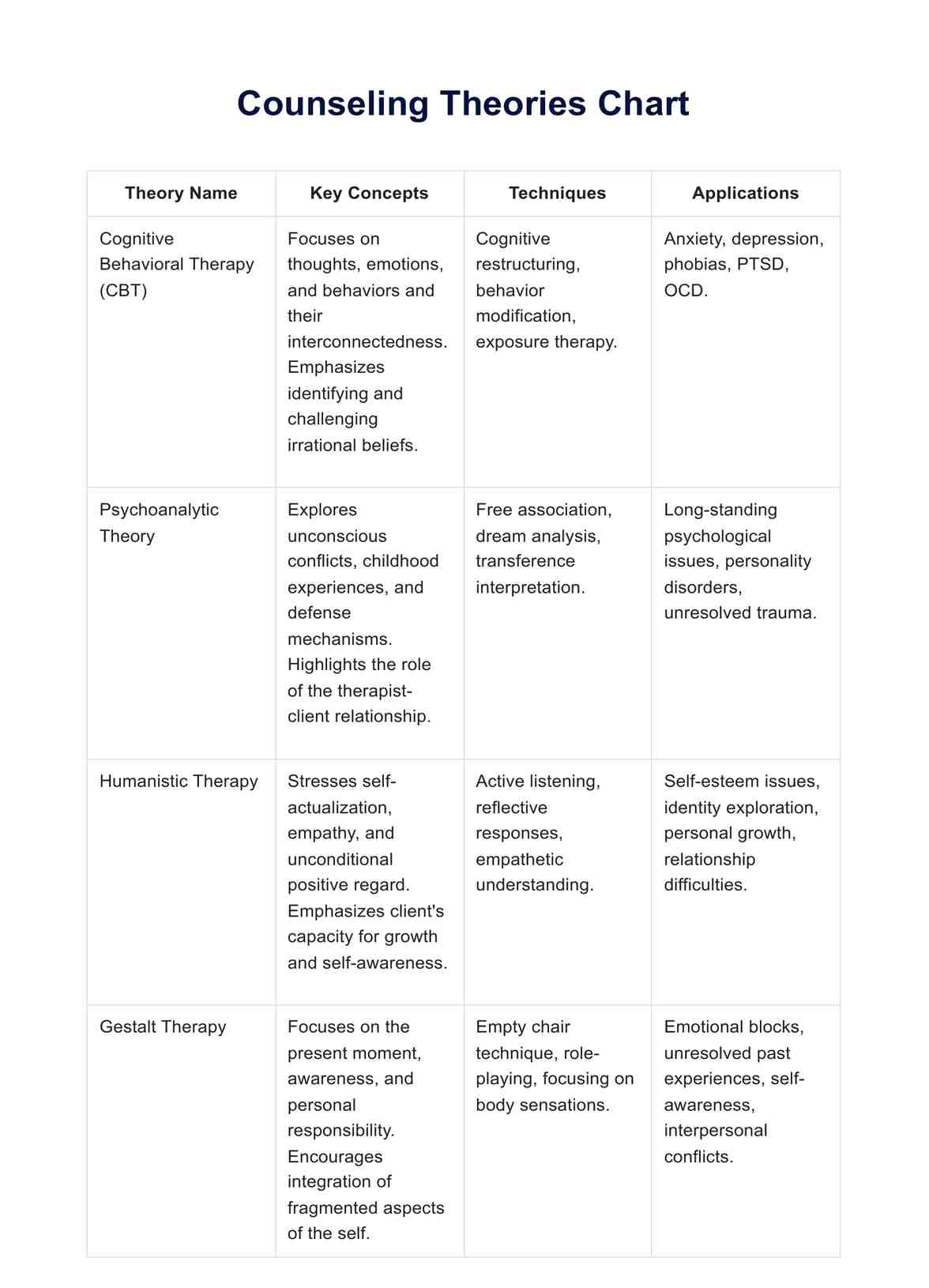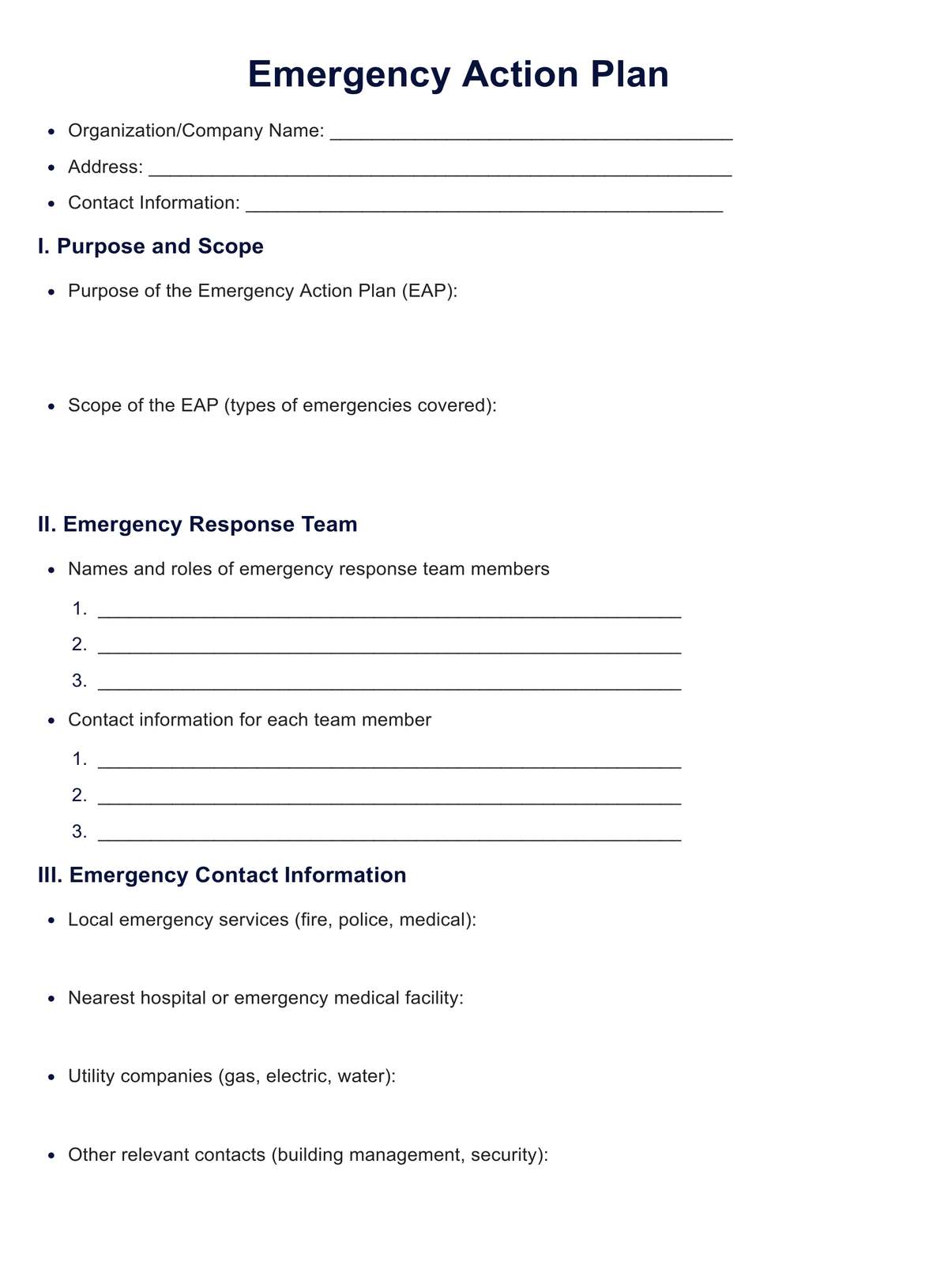Cluster B Personality Disorder Test
Explore using a Cluster B Personality Disorder Test as an initial screening measure for diagnosing personality disorders. Download the free PDF template here.


What are Cluster B personality disorders?
Personality disorders are complex mental health conditions that can considerably affect an individual's life, influencing their thinking, feelings, behavior, and interactions with others. Within the framework of the current diagnostic and statistical manual, personality disorders are categorized into three clusters: A, B, and C, with Cluster B being notable for its dramatic, emotional, or erratic behavior patterns.
Cluster B personality disorders encompass a group of four disorders, each with its unique characteristics and behavior patterns. The disorders that fall within this cluster are Antisocial Personality Disorder, Borderline Personality Disorder, Histrionic Personality Disorder, and Narcissistic Personality Disorder.
While diverse in their specific manifestations, these mental health disorders share common elements of distorted thinking, problematic emotional response, interpersonal functioning, and impulsive behavior.
Cluster B Personality Disorder Test Template
Cluster B Personality Disorder Test Example
What are the characteristics of people who have Cluster B disorders?
It is vital to approach the diagnosis and treatment of Cluster B personality disorders with a comprehensive understanding. These conditions are not only challenging to the individuals who experience them but also pose dynamic therapeutic standards. The following are under Cluster B personality disorders:
Borderline personality disorder
This is characterized by instability in relationships, self-image, and affect, accompanied by marked impulsivity. Individuals with this disorder often experience intense episodes of anger, depression, and anxiety that may last for hours or days. They may engage in risky behavior and have a deep-seated fear of abandonment and instability.
It is essential to pay attention to patterns of intense and unstable relationships fluctuating between idealization and devaluation, often termed "splitting."
Narcissistic personality disorder
This disorder presents through an inflated sense of self-importance and a deep-seated need for excessive admiration. People with Narcissistic Personality Disorder may display arrogant behavior and fantasies of unlimited success, believing they are unique and can only be understood by other high-status individuals.
Despite high self-esteem, they are usually sensitive to criticism and can have difficulty handling anything they perceive as a slight to their self-image.
Histrionic personality disorder
This involves attention-seeking behavior that is consistently present, often through dramatic or inappropriate means. Affected individuals may display rapidly shifting and shallow expressions of emotions, concern with physical appearance, and excessively impressionistic speech.
People with Histrionic Personality Disorder may struggle to develop deep and healthy interpersonal relationships, as their interactions are often surface level, seeking to captivate attention rather than connect on a meaningful level.
Antisocial personality disorder
Once known as sociopathy, this is a condition marked by a long-standing pattern of disregard for the rights of others. It is a complex disorder where affected individuals may violate the law, lie, act impulsively, and lack regard for their safety or the safety of others.
A prerequisite for this diagnosis often includes the individual being over 18 and having a history of some symptoms of Conduct Disorder before age 15.
How do mental health care professionals diagnose such disorders?
Diagnosing Cluster B personality disorders represents a significant challenge that requires both precision and sensitivity. For a mental health professional, the process from initial assessment to a definitive diagnosis involves using multiple tools and considering different aspects of the individual's experience.
First, it is important to fully understand the current framework of the Diagnostic and Statistical Manual of Mental Disorders (DSM-5 or DSM-5-TR). This resource is the cornerstone for diagnosing personality disorders as it outlines specific criteria for each disorder.
A comprehensive clinical assessment should then support this. This involves thoroughly exploring the patient's mental health history, interpersonal relationships, and emotional and behavioral patterns. A licensed mental health professional could then use a combination of interviews, self-report questionnaires, psychological tests, and sometimes informant reports, taking care to gather a deeper understanding of the individual's experiences.
Following this, the diagnostic process also considers the following:
Ruling out other conditions
Initially, it's crucial to differentiate symptoms of Cluster B personality disorders from those of other mental health conditions, such as mood disorders, anxiety disorders, or other personality disorders. Comorbid conditions are common, adding layers to the diagnostic process.
Patient history
Understanding the patient's life history plays a critical role. Many symptoms of personality disorders, particularly Antisocial Personality Disorder, can be traced back to adolescence or early adulthood. A longitudinal view helps differentiate enduring patterns from situational or phase-specific ones.
Cultural and gender considerations
Mental health professionals are reminded that personality disorders manifest within a cultural context. Behaviors and expressions of emotion deemed excessive or dramatic in one culture may be normative in another. Similarly, gender norms influence the presentation and perception of symptoms, requiring a gender-sensitive lens.
Collaboration and multi-source information
With the patient's consent, engaging with family members or close contacts can provide additional perspectives on the individual's long-term patterns of behavior and functioning. Collaborating with colleagues and other specialists could also be beneficial. For instance, medical professionals involved with the patient can contribute to diagnostic insight, ensuring comprehensive patient care.
What is a Cluster B Personality Disorder Test?
It's crucial to clarify that there is no single test that can definitively offer an official diagnosis of a Cluster B personality disorder. The symptoms of these disorders—comprising Antisocial, Borderline, Histrionic, and Narcissistic Personality Disorders—are complex and multifaceted, and so their identification and diagnosis call for a comprehensive approach.
The Cluster B Personality Disorder Test is only part of the broader diagnostic strategy incorporating a structured clinical interview, comprehensive clinical assessments, and in-depth psychological evaluations.
How is this test normally administered or conducted?
Administering a Cluster B Personality Disorder test involves a structured self-report questionnaire to capture the patient's first-hand experiences, feelings, thoughts, and behaviors. These questionnaires often contain several statements related to characteristics or behaviors typical of disorders within Cluster B. The patient answers on a scale, ranking how closely each statement reflects their experiences.
These tests should be administered under the guidance or supervision of a mental health professional. It's crucial to ensure that the patient understands the test's purpose, the meaning of the statements, and how to respond.
Scoring and results interpretation
Upon completion, scores are calculated on a per-disorder basis. The specific scoring depends on the test administered, but typically, higher scores indicate the presence of more symptoms consistent with that disorder.
Interpretation of the results draws on professional judgment, involving a deep review of the number and intensity of symptoms reported, the specific pattern of the symptoms, and the extent of their presence. Often, these results alert clinicians to potential disorders requiring further exploration through more detailed and personalized assessment approaches.
What are the benefits of using this test template?
When facing the complexity of personality disorders, specifically those within Cluster B, having a reliable and informative test template streamlines the initial diagnosis phase. This test template can offer the following benefits:
- Efficient information gathering: The test template allows for the concise yet thorough collection of data related to personality functioning. The results can provide insights to orient clinicians towards specific Cluster B personality disorder characteristics.
- Consistent application: A standard test ensures that all patients are asked the same questions. This can be particularly useful when comparing a diverse patient base or tracking changes over time.
- Facilitates discussion: Statements can serve as a springboard for deeper clinical interviews, encouraging patients to open up about experiences they may not have voluntarily shared.
- Complements diagnostic criteria: While this test template is based on the symptomatology of Cluster B disorders as per diagnostic manuals like the DSM-5, it efficiently narrows down which criteria are met and which require further exploration through clinical judgment and additional testing.
How are Cluster B personality disorders treated?
When facing the challenging task of treating Cluster B personality disorders, it is essential to consider diverse therapeutic approaches. After all, these disorders involve personality traits that can be unique to every individual. One of the most effective treatments for Cluster B disorders is Dialectical Behavior Therapy (DBT), alongside other interventions.
Dialectical behavior therapy (DBT)
Dialectical Behavior Therapy is a cognitive-behavioral-based therapy that had its origins in treating Borderline Personality Disorder, a condition commonly characterized by intense mood swings, self-harm behaviors, and a chronic feeling of emptiness. Over time, its application has been expanded to treat other Cluster B personality disorders due to its distinctive emphasis on the psychosocial aspects of treatment.
DBT focuses on fostering skills in four core areas:
- Mindfulness: Improving the ability to accept and be present in the current moment
- Distress tolerance: Increasing tolerance of overwhelming emotions rather than trying to escape it
- Emotion regulation: Recognizing, labeling, and adjusting emotions
- Interpersonal effectiveness: Navigating conflict and interacting assertively
Cognitive behavioral therapy (CBT)
CBT focuses on identifying and changing negative thinking patterns and pushing for behavioral changes, making it a complementary option to DBT that can further enhance its effectiveness.
Medication management
There are no medications specifically approved for treating personality disorders. However, drugs such as antidepressants, mood stabilizers, or antipsychotics may be used to manage specific symptoms or co-occurring conditions like depression or anxiety, typically as a supplementary measure to psychotherapy.
Psychoeducation
Educating both patients and their families about the nature of the disorders, potential triggers, and coping strategies can empower all involved and foster a supportive network for the patient.
Commonly asked questions
There is no one exact cause of Cluster B personality disorders, but a combination of genetic, environmental, and social factors can affect its course and development. Childhood trauma, such as abuse or neglect, can also contribute to the development of these disorders.
Yes, with proper treatment and support, individuals with a Cluster B personality disorder can manage their symptoms and lead fulfilling lives. Even though these disorders are chronic and can be severe, therapeutic interventions can equip individuals with the skills to handle everyday challenges more effectively.
Diagnosis typically comes from mental health professionals who use structured clinical interviews and standardized scales. A thorough assessment of the patient's behavior, emotions, personal history, and symptoms is done to determine if they meet the criteria laid out by the DSM-5.


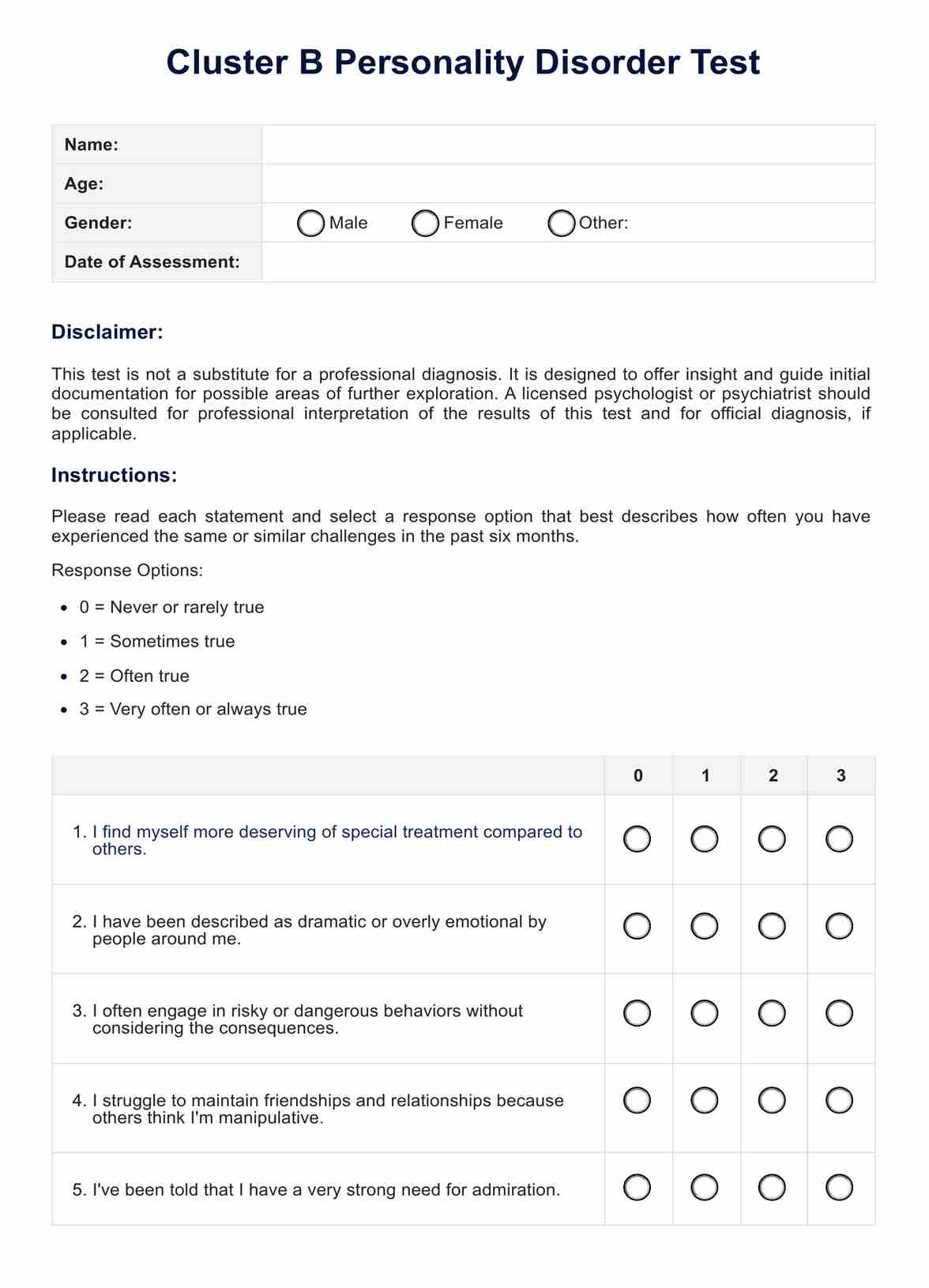
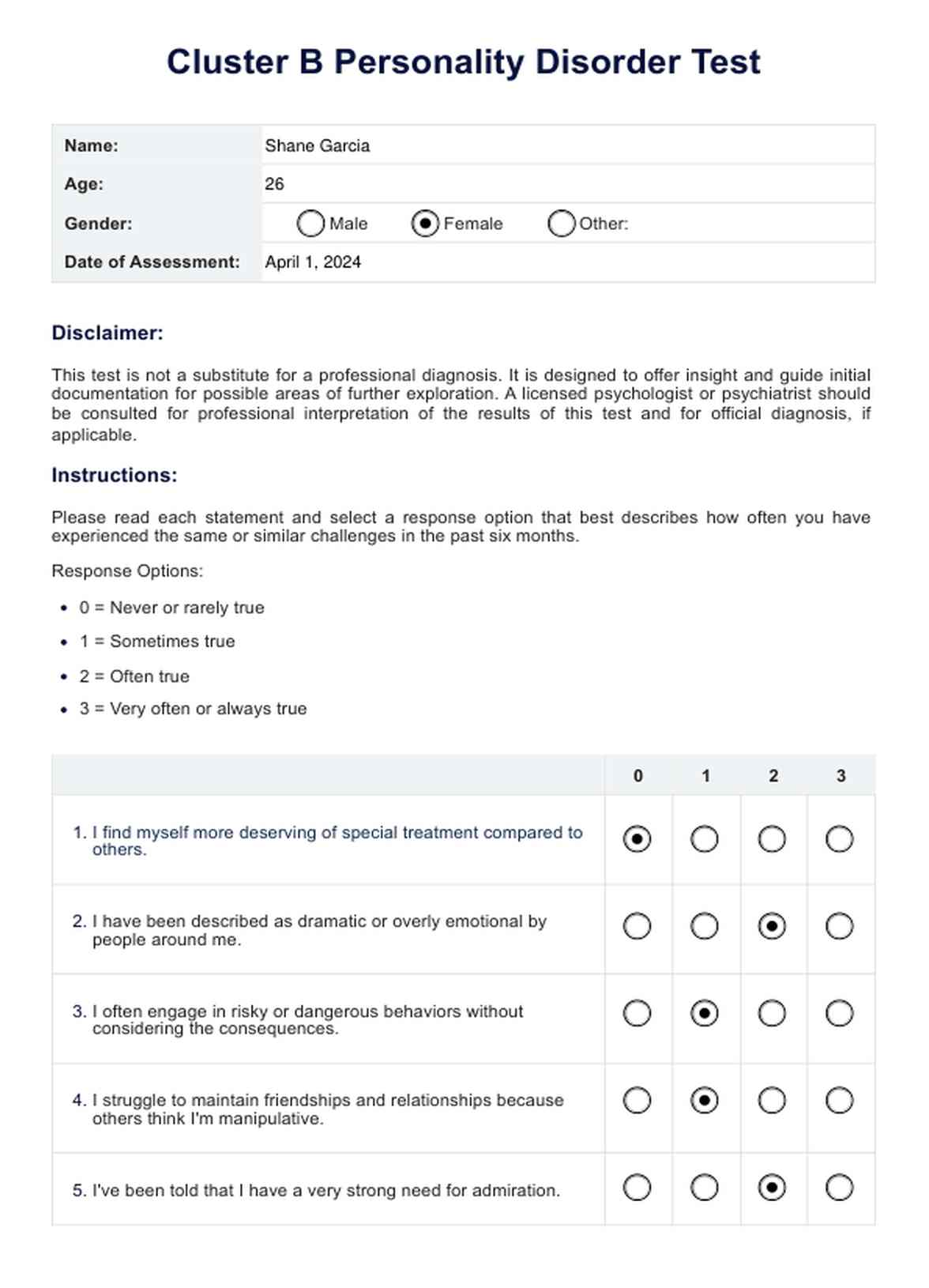





















-template.jpg)














































































